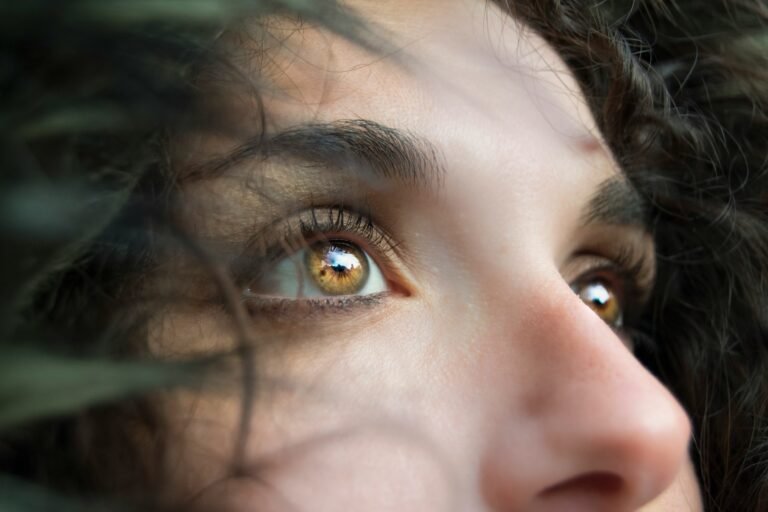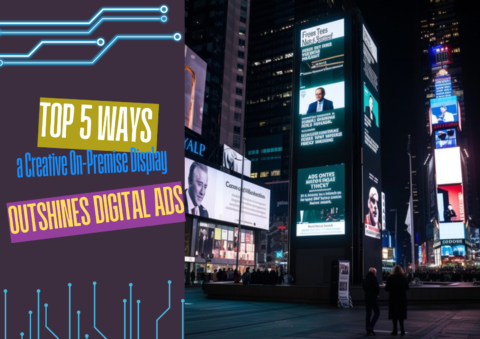Photo by Marina Vitale on Unsplash
Introduction to Digital Eye Strain
In today’s digital age, screen time has become an inescapable part of daily life for most individuals. Whether for work, leisure or keeping up with connections globally, our eyes seem perpetually glued to our devices. This constant exposure however, has given rise to a phenomenon now widely referred to as digital eye strain. It affects countless people and is characterized by a variety of discomforting symptoms. If you find yourself frequently experiencing sensations such as irritation or dryness in your eyes, you might be experiencing symptoms that are not unlike those of Bronx dry eyes.
Digital eye strain affects a diverse range of demographics, showing no favoritism in age or occupation. It’s critical to comprehend the implications of being exposed to screens for prolonged periods and seek proactive measures to protect one’s vision. The first step in preventing and treating digital eye strain is understanding it which will help people retain their quality of life in a world where displays are everywhere.
Common Symptoms and Causes
Digital eye strain can cause considerable discomfort and present with various symptoms if left untreated. These often include persistent headaches, blurred vision, and, in many instances, noticeable dryness. Spending extended periods focusing on digital screens without appropriate breaks or adjustments can place undue strain on your eyes, leading to these issues.
Several factors contribute to the development and exacerbation of digital eye strain. These factors include inadequate lighting conditions, glare emanating from screens and improper ergonomic setups including incorrect positioning and distance of digital devices from the eyes. Additionally, it is a known fact that people blink less frequently when fixated on a screen, causing the eyes to dry out more rapidly. Identifying and understanding these causes is instrumental in designing strategies that effectively mitigate the risks associated with digital eye strain.
Preventive Measures and Tips
Fortunately, multiple effective strategies are available to minimize the adverse effects of digital eye strain. Adjusting your screen’s brightness and contrast settings to match the surrounding environment can make a substantial difference. Another helpful strategy is to follow the 20-20-20 rule which advises people to focus on an item 20 feet away and take a 20-second break every 20 minutes. This practice helps reduce eye fatigue and promote eye muscle relaxation.
Adjusting Environment and Habits
- Ensure your device’s screen is positioned an arm’s length away to alleviate excessive focus strain.
- Invest in and use anti-reflective lenses to counteract the effects of screen glare and protect your eyes.
- Maintain a proper, upright posture to ease overall body strain, indirectly affecting eye tension.
The American Academy of Ophthalmology suggests simple adjustments to create a comfortable working environment. These small yet effective changes can help maintain eye health and comfort.
Lifestyle Changes for Better Eye Health
Embracing a healthier lifestyle can significantly enhance the condition and resilience of your eyes. Regular physical exercise improves blood circulation throughout the body including the eyes which is beneficial for maintaining eye health. Furthermore, practicing mindful techniques for stress management such as meditation and controlled breathing exercises can relieve overall bodily tension contributing to better ocular health.
Adequate sleep each night is crucial. It gives your eyes the necessary recuperation period after the day’s exertions. Furthermore, including particular eye exercises in your regular regimen may help maintain ocular flexibility, lower tension and encourage healthy eye function.
The Role of Nutrition in Eye Health
Proper nutrition plays a pivotal role in ensuring optimal eye health. A diet high in zinc, vitamins C and E and omega-3 fatty acids promotes visual health and lowers the incidence of degenerative eye diseases. These nutrients are known for their protective properties and ability to maintain overall eye health as individuals age.
By including foods like fish, nuts, seeds, citrus fruits and leafy greens in your diet, you may significantly increase your intake of nutrients and benefit your eyes. These dietary choices contribute to improved eye health and general well-being.
Importance of Regular Eye Check-ups
Routine eye examinations are essential for maintaining optimal eye health over the long term. They are vital in detecting early signs of potential eye issues and providing guidance on necessary corrective measures. It is advisable to have periodic eye check-ups conducted by a certified optometrist to ensure your vision remains in top condition.
Regular exams offer an opportunity to detect problems in their earliest, most treatable—stages. This proactive approach to eye care can prevent minor inconveniences from developing into significant vision problems.
Technological Solutions to Eye Strain
Advancements in technology offer solutions to people with digital eye strain. Innovative screen monitors explicitly designed to reduce glare and enhance color contrast are now widely available, and they play a crucial role in minimizing eye fatigue. In addition, intelligent lighting systems that automatically adjust to your environment’s needs can also be highly effective in reducing eye strain.
Numerous apps and software have been developed that remind users to take breaks, perform eye exercises or automatically adjust screen settings. These technological aids can be valuable in maintaining visual comfort in a screen-dominated world.
Conclusion
In a world where digital interactions are becoming increasingly prevalent, it is crucial to take precautions against the harmful effects of excessive screen time on your eyesight. Individuals can better safeguard their eye health by applying the preventative measures, lifestyle adjustments, and technological solutions discussed above. Being proactive and prioritizing visual well-being ensures more comfortable and sustainable interactions with technology in daily life.





